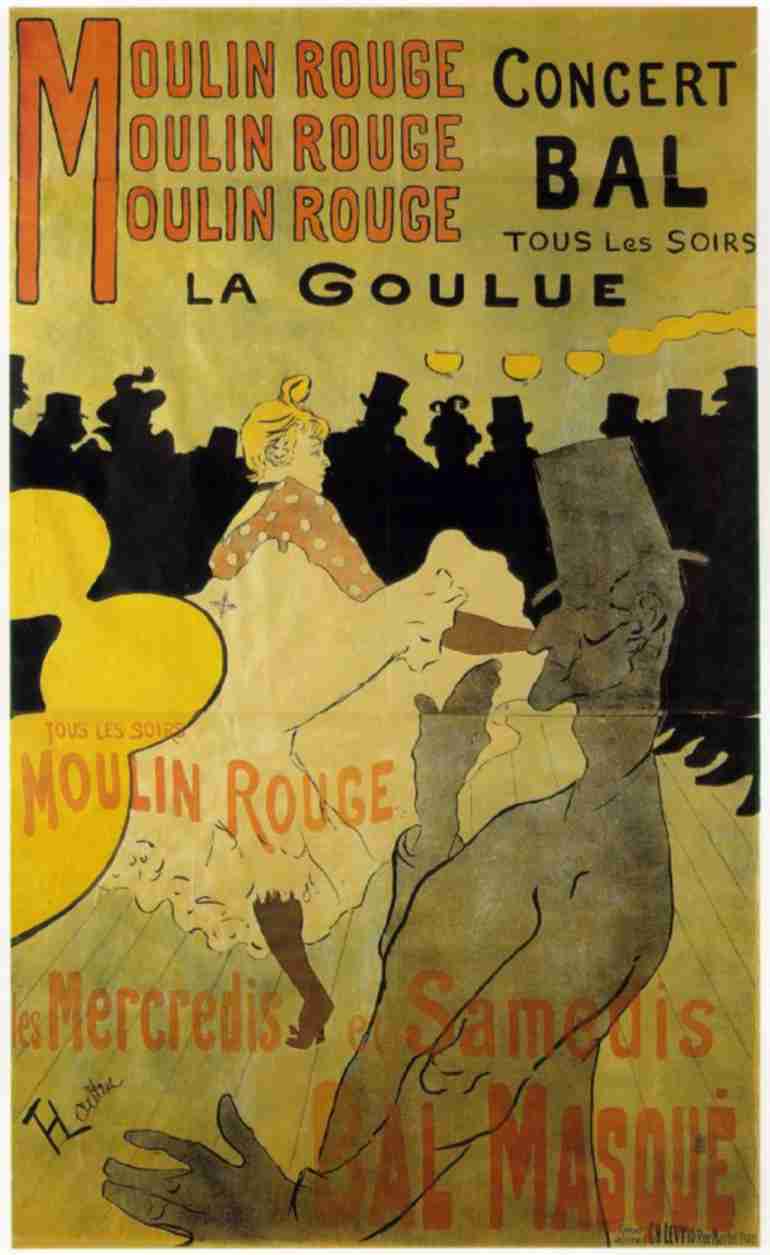
Photographs for this post copyright © 2009 David M. Versluis
It’s a great delight when you come across public art in unexpected places especially in small towns on the Midwestern prairie of the United States. This happened several years ago on our way to Minneapolis and Saint Paul from Sioux Center, Iowa. About 90 minutes into the trip, on highway 60, you come to Windom, Minnesota (pop. approx. 4,220). On the east side of the road just past downtown you’ll see the Municipal Power Plant with a carved limestone cornerstone declaring 1936. What’s most unusual about the building are the three carved Art Deco style bas-reliefs facing the road.…
In a moment I’ll talk a little more about the artwork, but first, some information about Art Deco. Marcia Loeb in her book, Art Deco Designs and Motifs describes Art Deco as, “… the most typical artistic production of the nineteen-twenties and thirties. This name comes from the large exhibition, held in Paris in 1925, called the Exposition Internationale des Arts Décoratifs et Industriels Modernes.” You can characterize the art of this period as very eclectic and I was reminded of this with Paul’s previous post —a poll about art styles/movements. In other words, about Art Deco, Loeb says, “Its sources included turn-of-the- [twentieth] century art nouveau, most of the important artistic movements that followed (Fauvism, Cubism, Futurism, Expressionism) and such archaeological interests of the day as ancient Egyptian and Mayan art.”
Loeb further explains, “One of the chief unifying factors of Art Deco is the emphasis on geometrical patterns. Another, related to the first, is the full acceptance of the machine age and the consequent abandonment of the traditional barriers between fine and applied [design] art.”
As I’ve said on occasion, in class, Art Deco was not the only art movement trying to break down the barriers between art and design — also in the twenties, the German Bauhaus and the Dutch De Stijl were essentially doing the same thing by incorporating all facets of art and design from architecture to graphic design, photography, product design, textiles, painting, sculpture, ceramics, theatre arts, and interior design.
From Loeb’s concise description of Art Deco, the style, certainly seems fitting for the Windom Municipal Power Plant because of it's industrial purpose. This building was intended to function as a utility in order to benefit the whole community as well as being a sign of progress during the economic depression era of the thirties.

Energy — after sculptor Ulric Henry Ellerhusen

Light — after sculptor Ulric Henry Ellerhusen

Electricity by the late Don Gregory
The most knowledgeable person about the Power Plant Art Deco reliefs is Lucille Lewis. In the late 1980s, Lewis, who was then the Windom correspondent for the Worthington Daily Globe wrote a couple of articles about the Power Plant. In a copy of a June 1, 1988 article, obtained from the Cottonwood County Historical Society, Lewis states:
In 1936 the city of Windom constructed a power plant and contracts for the building were given to Carlstrom Construction of Mankato [Eric A. Carlstrom Construction Co.]. Thinking the simple outside walls needed some decoration; the contractor had two Art Deco panels Energy and Light, carved and placed under the windows.
In the City Council minutes of 1936, there is no mention of the decoration nor the sculptor. The newspapers of the day only tell about the sizes of the dynamos and the amount of electricity generated at the plant. No one seemed interested in the outside panels. There are also no photographs or blueprints of the building.
Some years later,* the city once again asked Carlstrom to add to the powerhouse. This time Carlstrom contacted his friend Professor Don Gregory of the newly founded art department of Gustavus Adolphus College to make a matching panel titled Electricity. … [Gregory was paid $200 for the commission]
Gregory was a graduate of the Minneapolis School of Art and had worked with Carl Milles, a Swedish sculptor. Many of Gregory’s works are in the St. Peter/Mankato area, such as a mosaic on Grace Lutheran Church in Mankato and works on the Mankato Telephone Building, according to his wife. He retired from the college in 1980 and died in September 1985.…
*When I asked her, Lucille said the addition was added in the late 1930s (c.1938).

The Windom Power Plant as it stands today. In c.1938 an addition was added to the existing building, on the left side, where the Don Gregory relief sculpture is located. The original windows have been removed and paneled over.
Actually, the contractor in the 1930s did a fine job of merging the addition to the existing structure. Only a careful observer will probably notice some differences mostly in the symmetry of the building. Remarkable however, is the work of Don Gregory whose added relief carving matches incredibly well with the other two and yet seems to convey Gregory’s personality and classic style. I may do further research to determine if the two original reliefs were completed as part of the Works Progress Administration (1935-39) during President Franklin D. Roosevelt’s Administration. The WPA provided jobs to unemployed workers, including artists and designers, on public projects sponsored by federal, state, or local governmental agencies.
As a side note, The Windom Municipal Power Plant is registered in the Barbara Baer Capitman Archives. and it should be researched too. The Theater’s interior designer and artist is John Also registered in the Archives is the 1930s, Art Deco style State Theater in WindomMoede. Although over 100 years old Mr. Moede is still living and resides in a Windom rest home — Do I have any volunteers to help me?
Read More......














